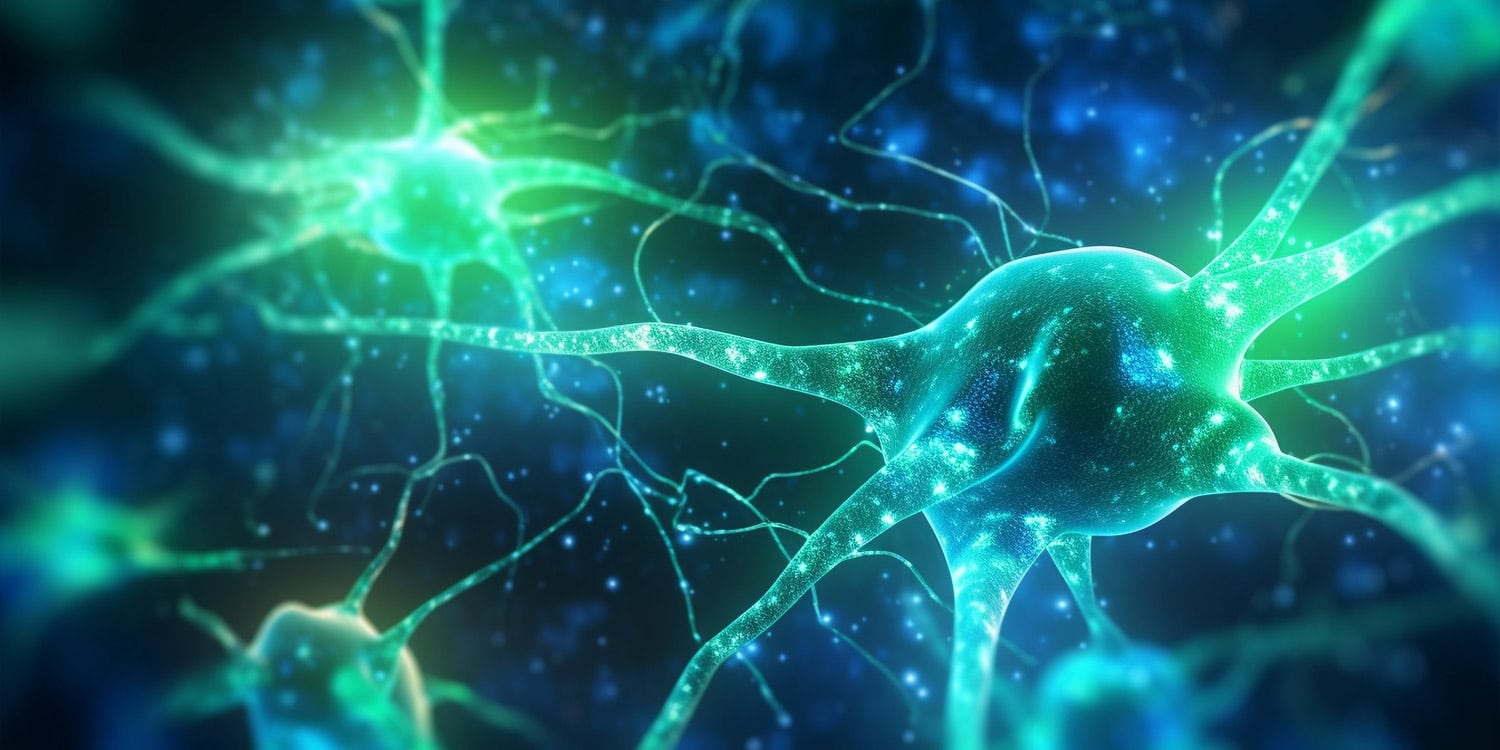A recent study from the Netherlands Institute for Neuroscience published in Science provides new insights into how individual brain cells in the hippocampus react to pronouns during reading. The researchers discovered that certain neurons in this part of the brain, which initially responded to specific nouns, were later reactivated when participants read pronouns referring to those nouns. The new findings offer a glimpse into how the brain connects concepts while processing sentences.
The study focused on one of the more intricate aspects of language comprehension: pronoun resolution, or how the brain identifies the correct noun a pronoun refers to. For example, when reading, “Alice and Bob went hiking. She carried the backpack,” we immediately recognize that “she” refers to Alice, even though her name isn’t repeated. This ability to seamlessly connect pronouns to their corresponding nouns is critical for following a narrative and understanding context.
The researchers sought to understand how individual neurons that have a preference for a specific concept, known as “concept cells,” contribute to this process of linking words with their meanings. Previous research had shown that these cells respond selectively to specific concepts—such as a person’s name or image—but it was unclear whether they also played a role in tracking pronouns and their antecedents (the nouns they refer to).
“In the end, I’m interested in the bigger picture: How does such a small thing (a single cell that only fires or not) contribute to something so complex as our memory?” said study author Doris Dijksterhuis, who now works as a postdoctoral researcher at University Hospital Bonn. “How is information represented on a single-cell level? With this study, we can look at how a single concept, represented by a single neuron (a concept cell), is represented during reading and what this can tell us about how we build up a story (memory) in our head.”
The researchers worked with 22 patients who were undergoing treatment for epilepsy. As part of their treatment, these patients had electrodes implanted in their hippocampus to monitor seizure activity. This setup allowed the researchers to record the electrical activity of individual neurons while the patients performed a reading task. The patients, who were being treated in hospitals in the Netherlands and the UK, consented to participate in this research alongside their medical treatment.
The experiment had two main parts: a screening session and a reading task. In the screening session, participants were shown images of familiar people, including celebrities, friends, and family members. The researchers monitored the patients’ brain activity to identify concept cells—neurons that responded specifically to certain people. For example, if a cell consistently fired when the participant saw a picture of the character “Shrek” but not for other images, that neuron was identified as a “Shrek concept cell.”
In the second part, the reading task, participants were shown sentences on a computer screen. The first sentence introduced two individuals (for instance, “Shrek and Fiona went to a restaurant”). The second sentence contained a pronoun referring back to one of the characters (e.g., “He ordered a drink”). After reading both sentences, the participants answered a question to ensure they understood who the pronoun referred to. During this task, the researchers recorded the activity of neurons in the hippocampus, focusing on whether the concept cells responded not just to the proper nouns but also to the pronouns that referred to those nouns.
Dijksterhuis and her colleagues found that concept cells in the hippocampus responded not only when a participant read their preferred noun (such as “Shrek”) but also when the corresponding pronoun appeared later in the sentence. For example, when the participants read “Shrek went to a restaurant,” the Shrek cell became active. Later, when they read the sentence “He ordered a drink,” the same neuron fired again in response to the pronoun “he,” provided that it referred back to Shrek.
This finding shows that the brain can dynamically link pronouns to the correct individuals, even when the proper noun isn’t explicitly repeated. The researchers also found that the activity of these neurons could predict whether the participant would correctly answer a question about who the pronoun referred to. If the concept cell was strongly active when the pronoun appeared, the participant was more likely to correctly identify the antecedent of the pronoun. On trials where the concept cell activity was weaker, participants were more likely to make errors.
“Concept cells hold a super abstract representation of their preferred concept,” Dijksterhuis told PsyPost. “Even a word that on its own is ambiguous, but gets meaning in a specific sentence, can reactivate a concept cell (when it refers to its preferred concept). This also means that cells in the hippocampus contribute to our understanding of pronouns. Plus, now we know that we can study the memory processes that are involved in reading on a single cell level.”
Interestingly, the researchers also explored ambiguous sentences in which two people of the same gender were introduced. In these cases, participants had to decide for themselves which person the pronoun referred to.
“Something interesting happened when we showed ‘ambiguous sentences,’” Dijksterhuis explained. “These were, for example, as follows: ‘Donald Trump and Shrek walked into a bar. He sat at the table.’ In that sentence, ‘he’ could refer to either one, so we ask the participant to choose who ‘he’ referred to by picking the person that they saw—in their head—sit at the table.
“When we looked at the activity of, for example, the Shrek cell, we saw that the neural response to the noun ‘Shrek’ was higher on trials where the patient afterward chose Shrek as the person that ‘he’ referred to, compared to trials where the patient chose the other person. This means that when the presentation of Shrek was stronger, the patient was more likely to choose Shrek.”
However, as with all research, there are some limitations. The study focused on fairly simple sentences where the pronoun referred to a person based on gender alone. Real-world language, however, often involves more complex sentence structures and contextual clues that go beyond gender.
“You’re always limited with what you can do with the patient: the task can’t be too difficult or too long,” Dijksterhuis said. “But I think we did a great job with such a short and simple experiment.”
Future research could build on this study by examining how the brain handles more complex forms of pronoun resolution, such as in sentences where the pronoun’s referent isn’t obvious based solely on gender. For instance, in the sentence, “The teacher told the student that he would need to study harder,” the pronoun “he” could refer to either the teacher or the student, depending on context. Investigating how the brain resolves these kinds of ambiguities could deepen our understanding of how language comprehension operates at the neuronal level.
Another area for future research is to explore how different elements of a story, such as characters, settings, and actions, are represented and integrated in the hippocampus.
“At the moment, I am continuing with similar experiments at my current research position at the University Hospital in Bonn with Professor Florian Mormann,” Dijksterhuis said. “I am hoping to find out more about how we bind meaning to words and how we create pictures/stories in our head and how the individual parts are bound together (Shrek walks into a bar and sits down –> I see Shrek at a table in a bar –> How do these three elements (Shrek, table, bar) come together to form this complex picture?). This, in turn, will hopefully tell us something about the underlying memory processes and the role of single neurons in this.”
“I would like to stress how amazing it is that we can work with these patients,” Dijksterhuis added. “They are often happy to participate and they provide us with a very unique opportunity to record from neurons while they perform a task. I am very thankful for all the patients that we have worked with.”
The study, “Pronouns Reactivate Conceptual Representations in Human Hippocampal Neurons,” was authored by D. E. Dijksterhuis, M. W. Self, J. K. Possel, J. C. Peters, E. C. W. van Straaten, S. Idema, J. C. Baaijen, S. M. A. van der Salm, E. J. Aarnoutse, N. C. E. van Klink, P. van Eijsden, S. Hanslmayr, R. Chelvarajah, F. Roux, L. D. Kolibius, V. Sawlani, D. T. Rollings, S. Dehaene, and P. R. Roelfsema.




